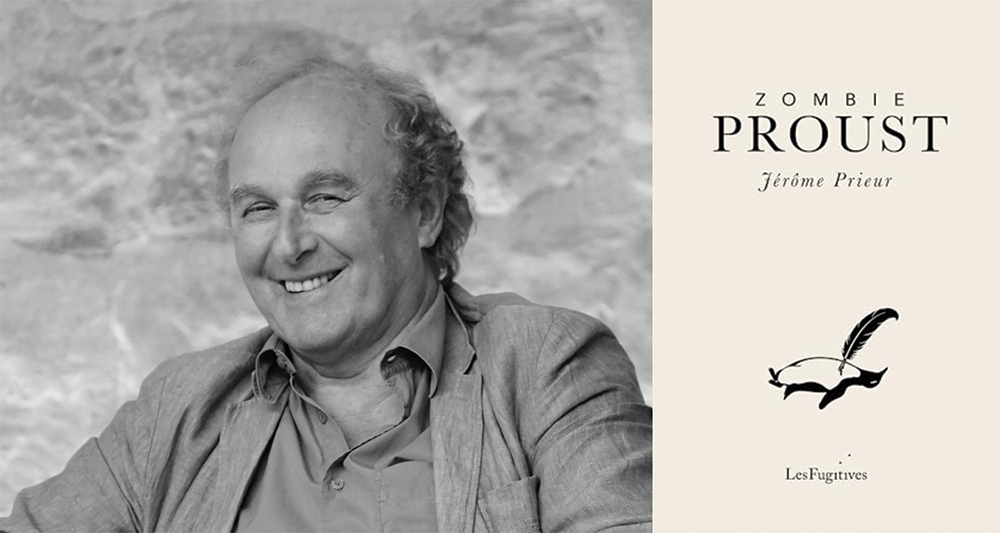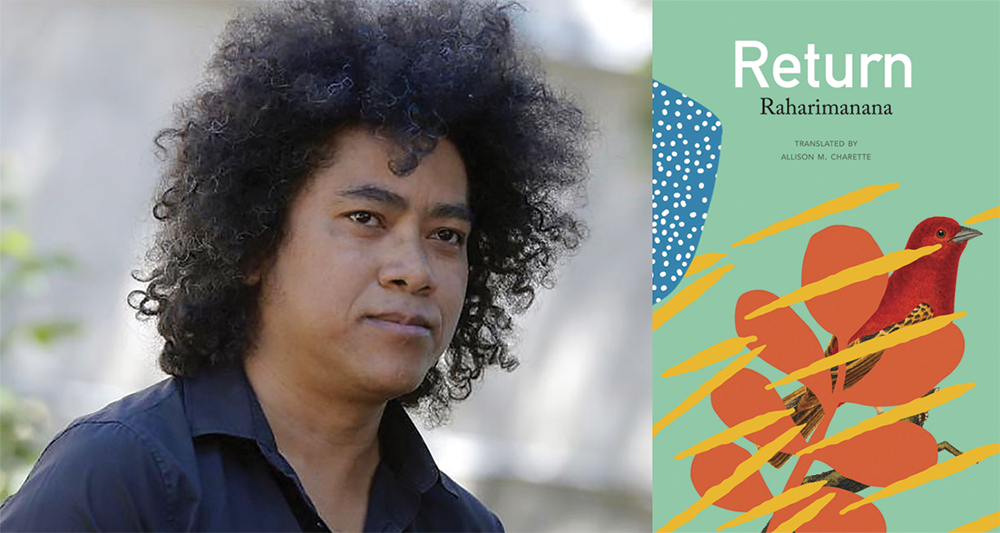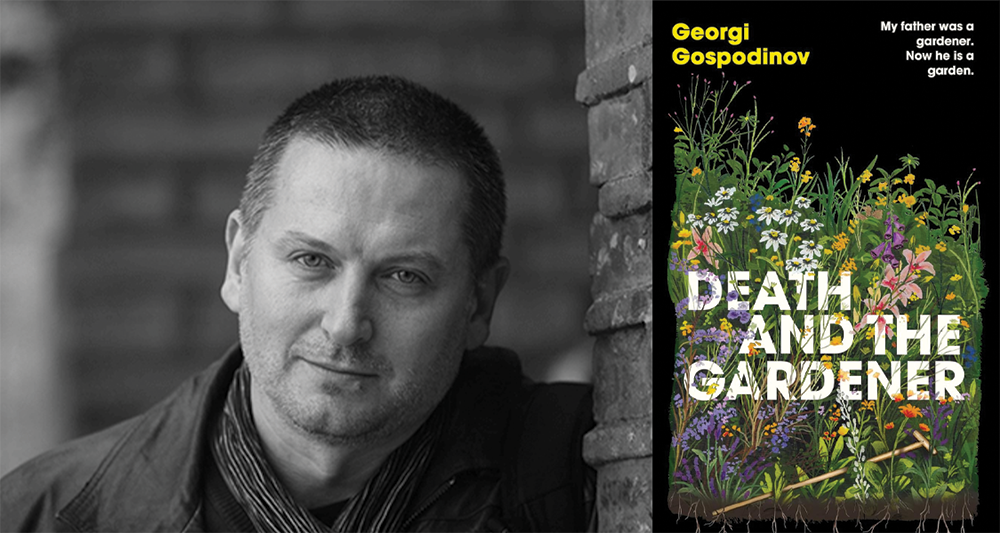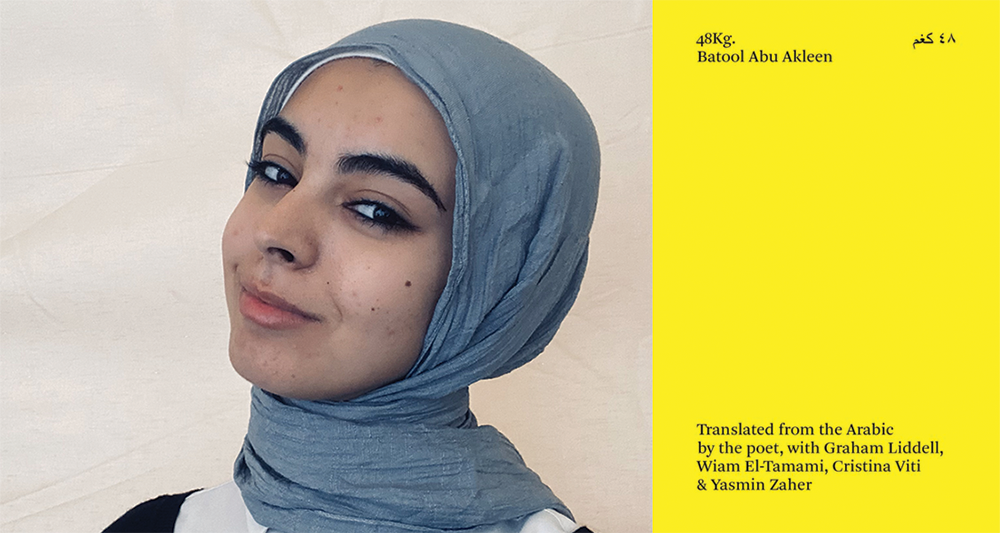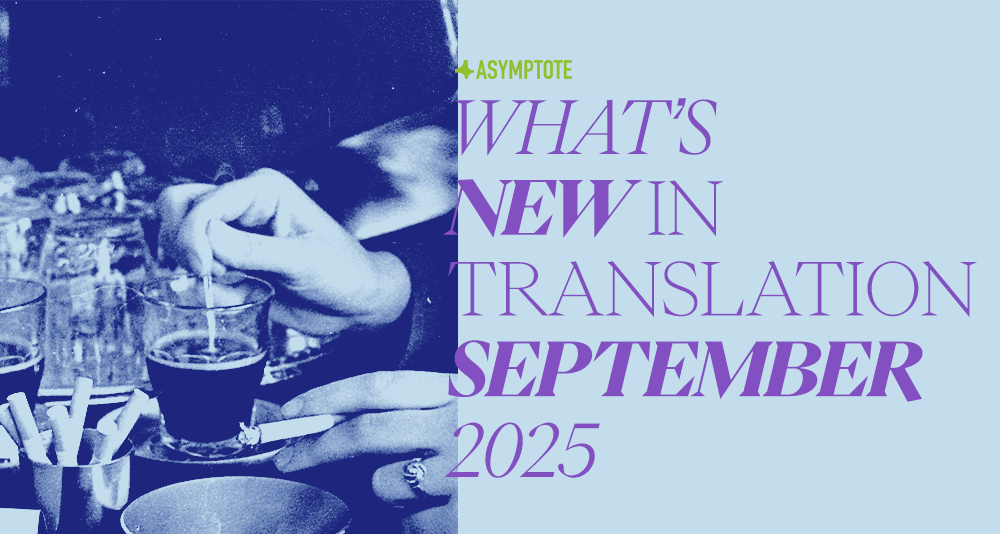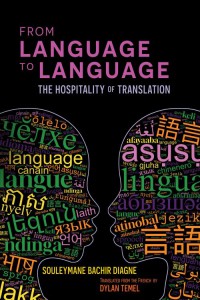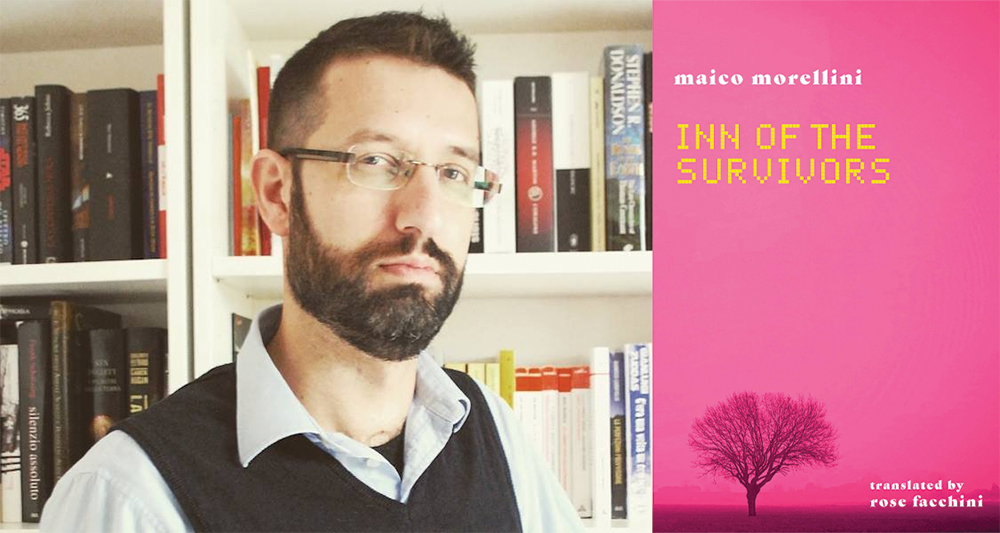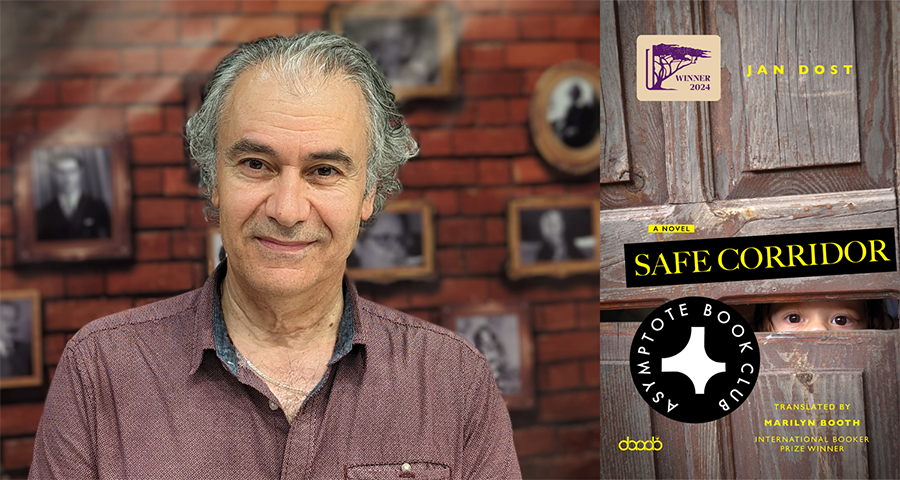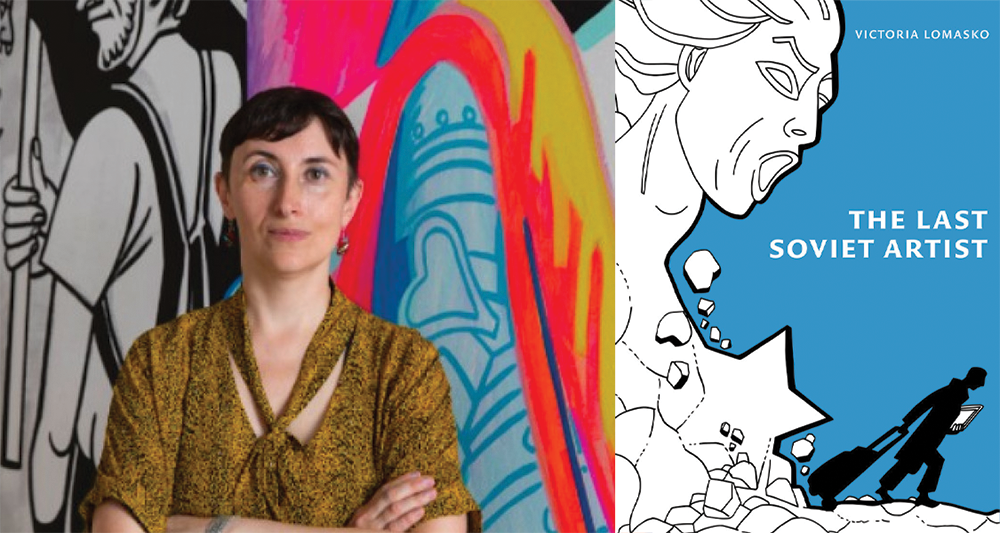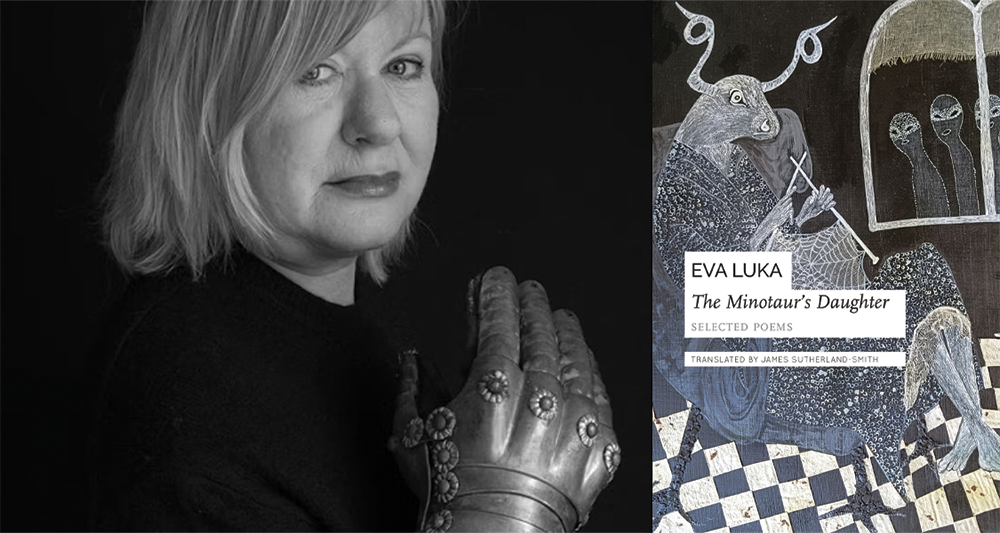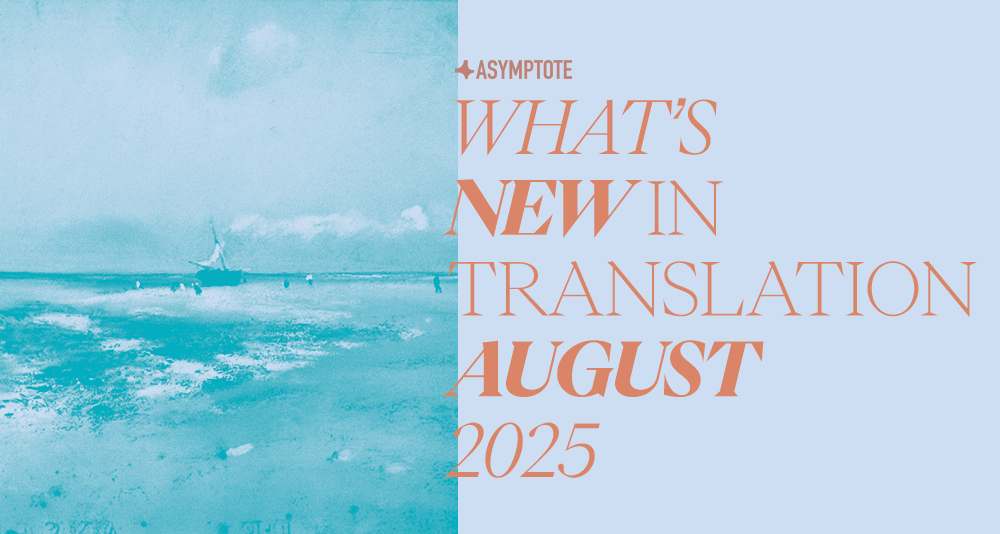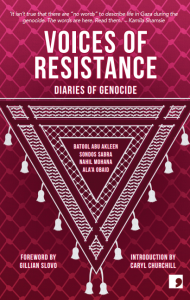In Bedbugs, both the environment and the individual are veering on the precipice of ruin. Pushing the frenetic and confessional potentials of the epistolary form, Martina Vidaić charts the psychological dissolution of her protagonist with the constant incursion of her disintegrating surroundings, resulting in an enthralling collision of misfortune, trauma, momentum, and one’s own instinct for survival. This sense of doom, balanced with acerbic wit and paced mystery, fuels the Croatian writer’s distinctive, absorbing investigation into our contemporary human conundrums of alienation and dread—but also our stubborn, headlong insistence of going onward.
The Asymptote Book Club aspires to bring the best in translated fiction every month to readers around the world. You can sign up to receive next month’s selection on our website for as little as USD20 per book; once you’re a member, join our Facebook group for exclusive book club discussions and receive invitations to our members-only Zoom interviews with the author or the translator of each title.
Bedbugs by Martina Vidaić, translated from the Croatian by Ellen Elias-Bursać, Sandorf Passage, 2025
The structural overview or the room-by-room discovery: these are two basic ways to describe a living space. The first gives context, while the second demands patience—and some faith, especially if the space is messy. In Bedbugs (Stenjice, 2021), Croatian writer Martina Vidaić’s second novel, some faith is needed as the story ramps up. When the reader sees that the entire book is written without a single paragraph break, they will know that it might take some focus to follow along—even with the expert translation of Ellen Elias-Bursać, who is no stranger to Croatian language and literature. But this dense journey into the winner of the 2023 European Union Prize for Literature is worth taking for the entirety of the grounded story, and even more so for the inventive, fluid metaphors and descriptive passages that carry the reader to the conclusion, even if it’s not a tidy one.
From the first line, both sardonic humor and bemusing doom abound. “I am writing to you, Hladna, my cold friend, because I happen to know you’re the only person who won’t laugh when I say that the day the ants chewed holes in my underwear, I finally had to face up to the fact that my downfall was a certainty.” The narrator’s dramatics feel a little overdone, but they still make me chuckle—and this is even before the bedbugs, which according to her Googling: “once they get into an apartment, bedbugs are extremely difficult to get rid of.” Throughout the novel that amounts to a 180-page letter, Gorana Hrabrov’s downfall may be certain, but the course always feels like somehow it could trend upward. This woman is smart and, like a bedbug, extremely difficult to get rid of; will she make it? READ MORE…

